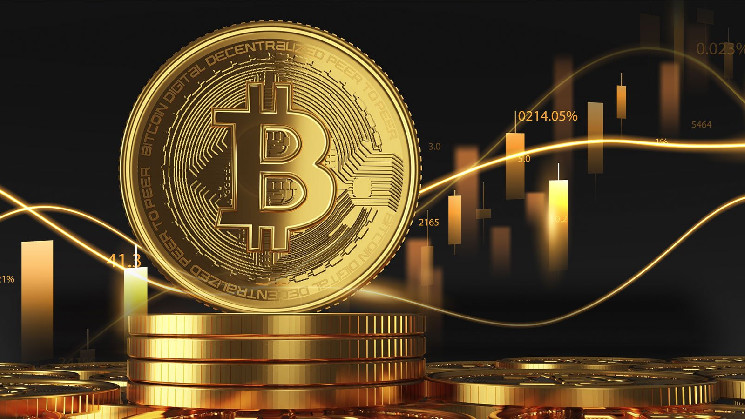Bitcoin (BTC), the largest cryptocurrency by market capitalization, finally revisited its all-time high over $69,000. Last year, the Bitcoin (BTC) price added over 250%, but analysts say it might just be the beginning of a splendid run.
Bitcoin (BTC) price spiked above $69,000 amid ETF frenzy
Euphoria around spot Bitcoin ETFs in the U.S. is typically named among the most powerful catalysts of the ongoing Bitcoin (BTC) rally. Approved by the U.S. SEC in January 2024, 11 spot Bitcoin-based exchange-traded products allow institutional investors to benefit from BTC price fluctuations without owning cryptocurrency physically.
In an exclusive comment shared with U.Today, representative of ChangeNOW, the premium crypto exchange, highlights that interest in Bitcoin ETFs might be among the crucial catalysts for Bitcoin’s (BTC) surprising upsurge:
Bitcoin ETF which allows anyone to get into Bitcoin without actually buying BTC. BTC ETF influences several factors: institutional interest, market sentiment, regulations and more. Institutional investors can now enter the Bitcoin market and bring big volumes with them, this sending BTC upwards. All this creates a positive buzz around BTC and a subsequent bullish trend.
As covered by U.Today previously, Bitcoin ETFs managed to amass over $50 billion in liquidity in just seven weeks after public launch.
At that pace, Bitcoin ETFs might surpass Gold-backed exchange-traded products by this summer, Bloomberg’s chief analyst Eric Balchunas says.
Bitcoin (BTC) halving 2024 is coming
The anticipation of the upcoming fourth Bitcoin (BTC) halving that is set to come next month might also be contributing to the rally of the orange coin. Once halving is activated, Bitcoin (BTC) miner rewards drop by 50% to 3.125 BTC per block. This is typically interpreted as the factor that contribute most to Bitcoin (BTC) scarcity.
ChangeNOW team members agreed with this statement and recommended not to underestimate the effects of the upcoming halving for Bitcoin (BTC) economics:
Bitcoin Halving which we are all waiting for in April 2024 (1 month left!). It will ultimately reduce miner rewards and decrease BTC creation rates, and it will impact its price dynamics. What it means in general: increased demand and potentially higher prices,but not financial advice and always DYOR, of course. (…) Big players in the market: governments and large companies or, perhaps, key figures, are buying BTC.
Typically, Bitcoin (BTC) reaches the peak of this or that cycle in the year after Bitcoin (BTC) halves. The last halving was registered on May 10, 2020; they occur once in 210,000 BTC blocks, or roughly every four years.
No more regulatory hostility?
Last but not least, in this cycle, market experts are waiting for new regulatory frameworks that might be less hostile to exchanges and cryptocurrencies, including Bitcoins (BTC). ChangeNOW representatives stressed that the most eccentric breakthroughs in this segment might emerge in unobvious jurisdictions:
Of course, there’s also the buzz around regulatory changes. When governments clarify their stance on cryptocurrencies and big names in finance give Bitcoin their stamp of approval, it boosts confidence in the whole market. Remember Nigeria and Argentina?
As such, it is safe to say that the upsurge of the Bitcoin (BTC) price to its new ATH is the result of a combination of interconnected catalysts. The ChangeNOW team highlights macroeconomics, tech upgrades and regulatory amendment expectations as the most obvious ones.

